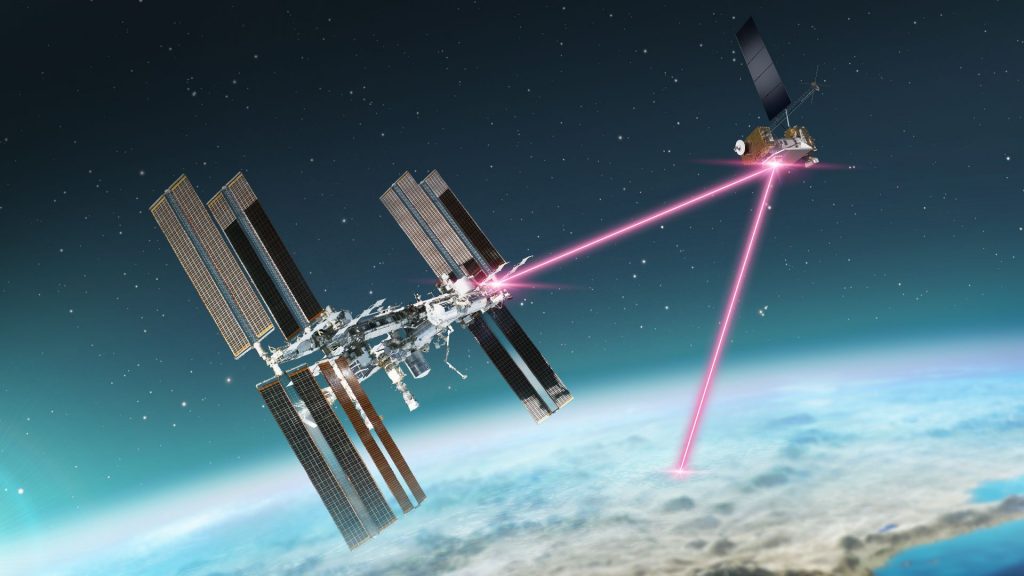With a cutting-edge technology that uses lasers to improve data transmission, NASA is ready to usher in a new era of space communication. An important turning point in the history of space exploration will occur with the launch of the ILLUMA-T instrument to the International Space Station (ISS) in 2023. ILLUMA-T, a project jointly developed by the Johnson Space Center, the Massachusetts Institute of Technology’s Lincoln Laboratory, and NASA’s Goddard Space Flight Center, intends to demonstrate the astounding potential of laser communications.
Unlike traditional radio frequency systems, laser communications utilize invisible infrared light to transmit data at incredibly high rates. This groundbreaking technology is set to transform the landscape of space communication, offering several key advantages. By leveraging lasers, missions in low Earth orbit, such as the ISS, can transmit larger volumes of images and videos back to Earth within shorter timeframes. Additionally, laser systems are more lightweight and energy-efficient, crucial attributes for designing and operating spacecraft.
ILLUMA-T is approximately the size of a refrigerator and will be affixed to an external module on the ISS. Once in place, it will interact with the Laser Communications Relay Demonstration (LCRD) satellite, which was launched in 2021. This combined setup establishes NASA’s first two-way, end-to-end laser communication system, enabling data transmission from space to terrestrial stations.
The project’s significance lies in its potential to redefine data transmission rates for space missions. ILLUMA-T’s goal is to transmit data, including images and videos, to the LCRD at an impressive speed of 1.2 gigabits per second (Gbps). From there, the relay satellite will transfer this data to Earth, showcasing the advantages of laser communication for missions in close proximity to our planet.
The ILLUMA-T initiative is not the pioneering endeavor in laser communication testing. NASA’s previous missions, such as the Lunar Laser Communications Demonstration and the Optical Payload for Lasercomm Science, have paved the way for this technological leap.
By demonstrating the power of laser communication through ILLUMA-T, NASA aspires to enhance data transmission across a range of conditions. This endeavor is poised to have a transformative impact on future missions, extending to destinations like the Moon, Mars, and deep space.
As the project aligns with NASA’s mission to advance space exploration, the team behind ILLUMA-T is eagerly preparing for its deployment. Following its launch aboard SpaceX’s Commercial Resupply Services mission, ILLUMA-T will take up residence on the ISS. Subsequent rigorous testing and experimentation will lead to the historic moment when it emits its first laser beam to the LCRD. As data transmission experiments unfold throughout the mission’s duration, the project promises to illuminate a new path forward for space communication, setting the stage for exciting possibilities on the final frontier.

